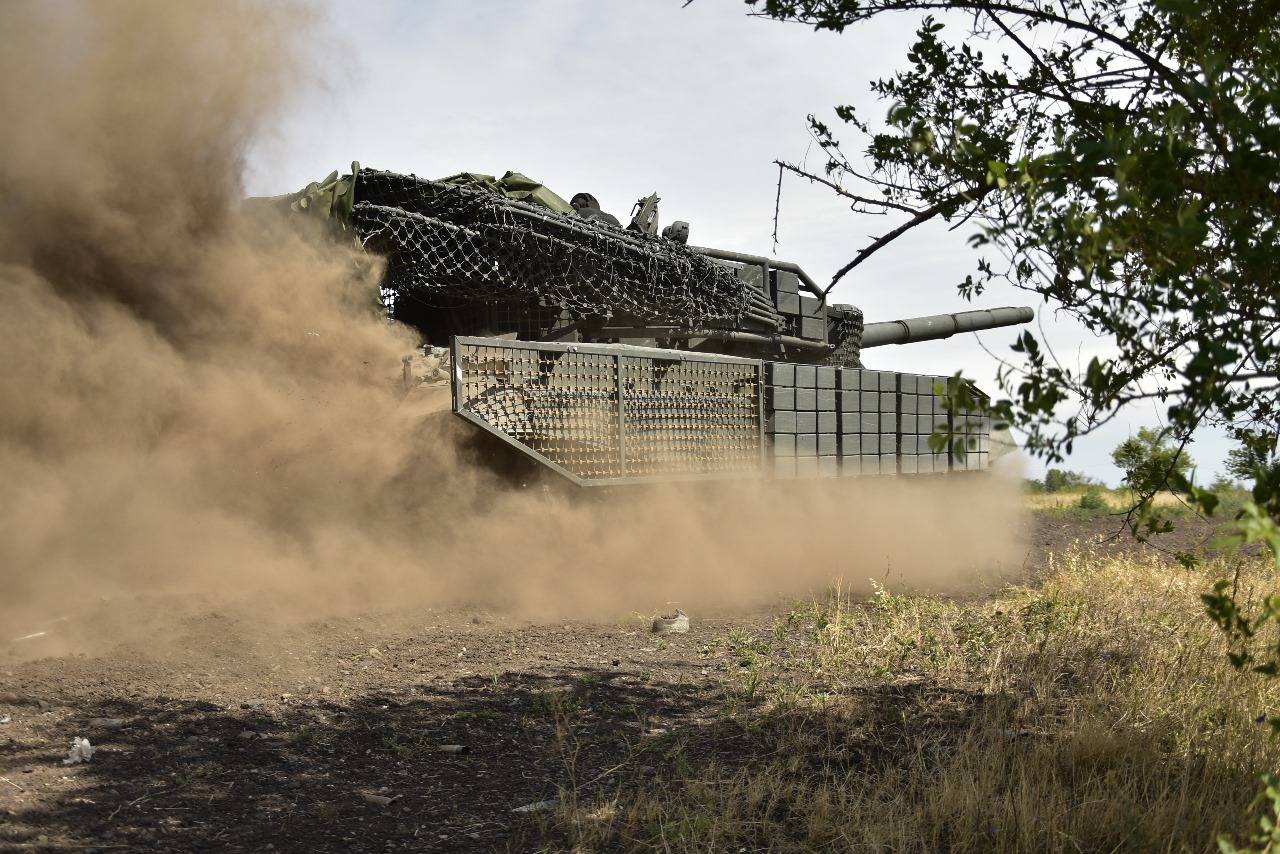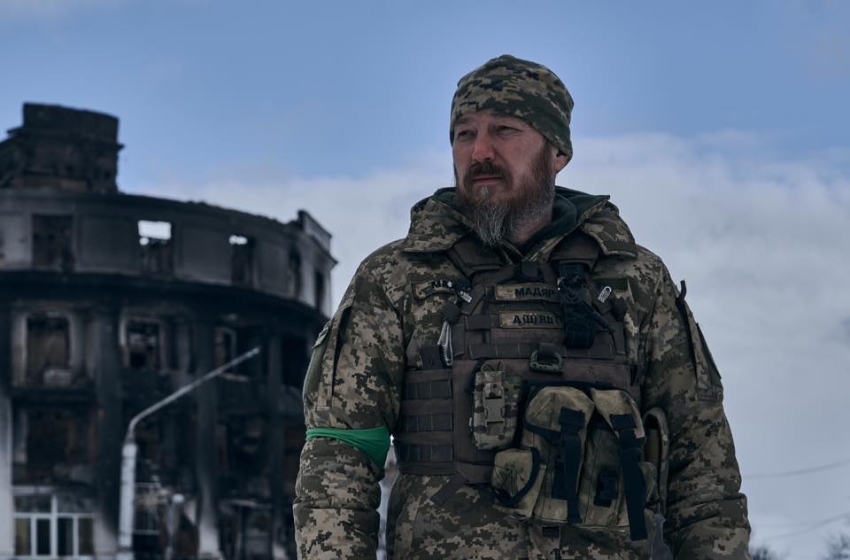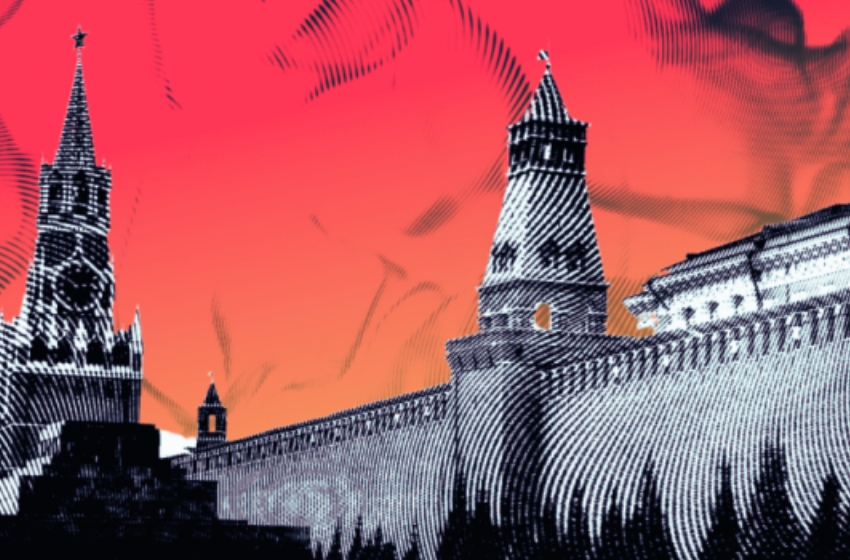Traveler and photographer Roman Malenkov wrote a wonderful article about Zagnitkiv for Ukraine Incognita. The village of Zagnitkiv is located on the border with Moldova.
The village of Zagnitkiv (Russian Zagnitkov) is located in the Northwest of Odessa region. It is located on the border with Moldova (Kamensky district of the Transnistrian Moldavian Republic). Transnistria is unrecognized there.
Why the village is called Zagnitkov, no one knows for sure. The unusual name appears already in the earliest papers concerning this settlement, which, by the way, is more than four centuries old.
In any rural store, and there are three of them in Zagnitkovo, you will be happy to hear the legend about the chieftain, nicknamed Thread (Nitka), who settled here with his detachment ("Zagin Nitki" - "Zagnitkiv"). Local historians finalized the folk legend and suggested that it reflects the events of the late 16th century. The detachment consisted of Cossacks, participants in the uprising of the registered hetman Krishtof Kosinsky. After the defeat of Kosinsky's troops, part of his associates fled to the west and settled near the border with the Ottoman Empire. So Zagnitkov arose originally as Cossack settlement, then something like a frontier post, and after another 100 years, a landowner town of the princes Lubomirsky.
By the end of the 19th century, the settlement became a very prosperous town with a population of 3-4 thousand people. In addition to the Orthodox Church (originally Greek Catholic), it had a Jewish synagogue, a public school, a hospital, a sugar refinery and a distillery, a sawmill, a steam and water mills. Also the road from Vinnitsa to Moldavia and Wallachia regularly supplied Zagnitkov with money and fresh news. The local inn was famous for its cuisine throughout the Podolsk province.
Cossack cemetery, catacombs and St. Michael's Church (1822):



The road to the village is no longer a transit route. It is worth going here from the highway E-95 (Kyiv - Odessa). Here, as everywhere in Podillya, it is full of various natural and architectural finds, because here Turks, Poles, Jews, Moldovans and, of course, Ukrainians have left their mark. This is especially true of Zagnitkov, who could be a tourist gem.
Zagnitkov is located near the ancient tributary of the Dniester, the Maistrikh River, which for millions of years has made a rather large canyon in soft limestone. The villagers call him Yar. The landscape there is like in the foothills of the Carpathians, only the forest is smaller. Maistrich flows meandering along the bottom of the canyon to Moldova. At Zagnitkov's, a picturesque bridge is thrown across it, and beautiful elms grow along the banks.
Limestone has long been mined in these ravines. There are many caves and catacombs left in the slopes (in the village they are called mines). One of the oldest man-made caves is called Karmelyuk's Cave. There is a legend that the national hero Ustym Karmelyuk hid from the lords in this cave, and even dug it himself.

A cave was dug in the upper part of the rock, almost under the plane of the upper plateau at an altitude of about 70 meters. It has two floors, which are connected by a hatch hole. Each floor has one room. The lower tier windows open onto a deep valley, which can be seen from them for a long distance. According to researchers, this room was created by expanding a natural karst cave. Earlier in the far part of the first floor there was a wall lined with rubble stone, which was destroyed over time. On the walls of the room there are marks of whitewash. On the east wall at the entrance there is a cross carved in stone with the date 1888. The cave was first explored in June 1976 by Odessa cavers.
In addition, there is a local analogue of the Odessa catacombs: an extensive system of mines, in which limestone was mined from the 1950s to the very collapse of the Union. The total length of the Zagnitkov mine workings exceeds five kilometers. The tunnels are wide here, wider than near Odessa. The Zagnitkov stone is differs from the Odessa one: it is almost white, not yellow, and denser. This one is most expensive. But, alas, there are no people willing to resume industrial development.


Today, Zagnitkiv is a large village with a population of 2,800 people, and in the 18th century it was a town consisting of several districts (Voloshchyna, Sloboda, Kosharka) and inhabited by various people. There were many Jewish merchants who organized large fairs. Meat, grain, fish, cloth, leather, Moldavian wines, and tobacco were sold. Handicrafts developed, and Cossacks, who came here en masse after the destruction of the Sich, were engaged in stone mining.




In the 18th century Zagnitkiv, like the whole Right Bank, belonged to the Polish crown. The town was owned by the famous Polish magnates Lubomyrski, at whose request, at the beginning of the 18th century, with the blessing of Metropolitan Athanasius Sheptytsky, a Uniate (Greek Catholic) church was built here. Now it is difficult to say how the locals accepted the union; according to most researchers, they went to the Greek Catholic Church, but prayed according to the Orthodox rite, which was almost indistinguishable.
The present brick St. Michael's Church was built in the Russian period, in 1822. It was classicism, although today it is difficult to say exactly what the church looked like in those ancient times, in the Soviet period it was closed and underwent certain distortions. The church bell tower was built in 1853.


The main attraction of the village is the ancient cemetery, where stone crosses of the early 19th century have been preserved. Such cemeteries are called Cossack's. It is most probable that first the Cossacks-stonemasons were buried in the cemetery, and then their descendants, the rich inhabitants of Zagnitkov. It is obvious that in the 19th century there were many craftsmen who carved crosses out of stone blocks, and there was enough stone. Some crosses still look very bright and can be considered real historical and cultural monuments. There are only a few such cemeteries in Ukraine, but the inhabitants of Zagnitkov are somehow indifferent to their history.
Folk crafts are very developed in Zagnitkov, especially weaving and embroidery. They keep local and culinary traditions. For example, for a wedding it is customary to cook a special Zagnitkovsky cabbage soup, made from meat, bacon, corn grits, rice, sour and fresh cabbage. The village is also famous for its "lyapa", porridge made of rice and millet, which is made with fresh cow milk and cream. It must be boiled for a very long time so that the consistency turns out like a thick puree. Place ham and fried onions on top. Delicious!
Source: Ukraine Incognita
Text and Photo: Roman Malenkov





















